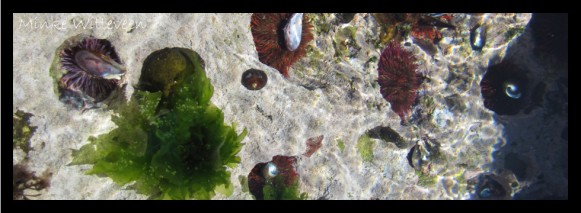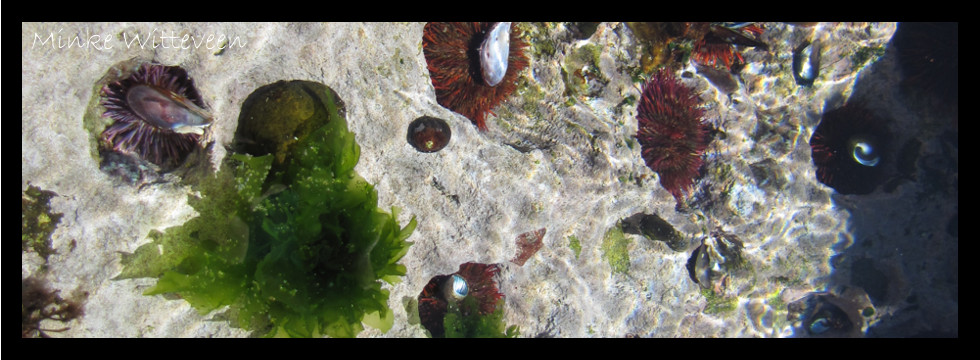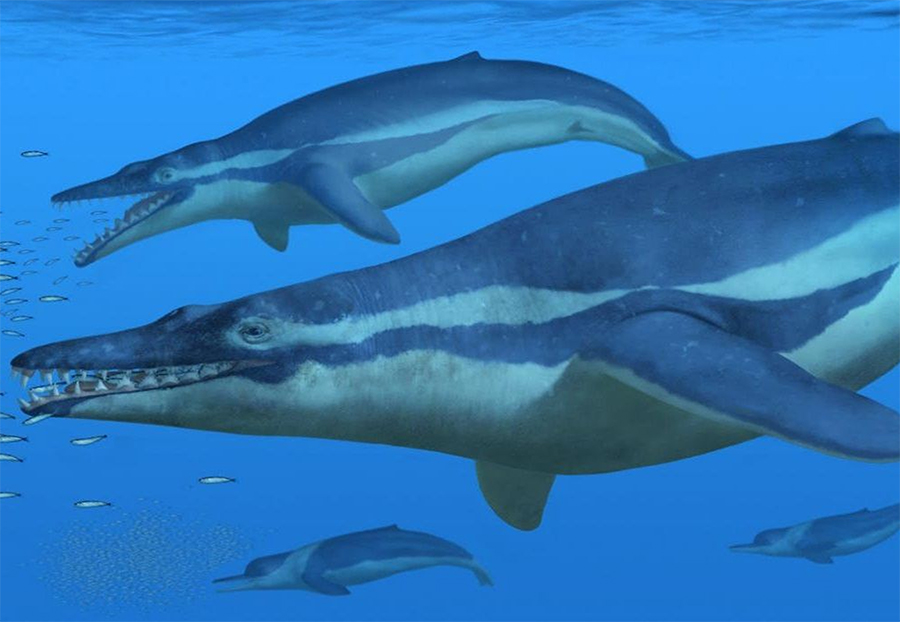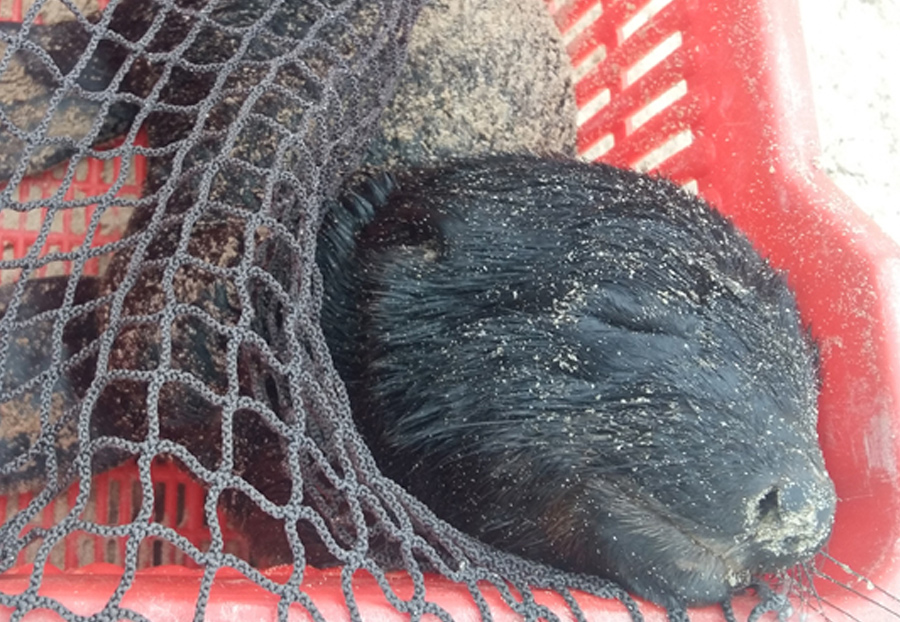Colourful Cape sea urchins

Another beauty found in rock pools throughout the Western and Eastern Cape are the Cape sea urchins, but beware the spines! Cape sea urchins Parechinus angulosus grow to 6 cm, and are covered in spines of varying size but which are no bigger than 1/5th the size of the shell. The spines are most often purple, but can also be green, red, or cream. These urchins feed on kelp and other algal debris and are an important grazing species that controls the growth of newly settled kelp plants. In addition, juvenile abalone Haloitis midae use Cape sea urchins as big spiny protectors. It has been shown that almost all juvenile abalone will choose to take shelter beneath a Cape sea urchin instead of under a rock because predators, such as octopus, klipfish, and rock lobster, are very hesitant to tackle a spiny sea urchin for a meal. Interestingly, this species uses empty shells as umbrellas to protect them from the sun.
Historically, sea urchins were plentiful along the southwest Cape coast but in 1994 there was a population crash which for a period baffled researchers. Later it was found that an increase in rock robster Jasus lalandii caused the decline in sea urchins.
Written by: Minke Witteveen
For more reading:
• Branch, G.M., Griffiths, C.L., Branch, M.L. and Beckley, L.E. 2010. Two Oceans: A guide to the marine life of southern Africa. Pp. 234. Random House Struik Publishers, Cape Town.
• Day, E.G. and Branch, G.M. 2002. Influences of the sea urchin Parechinus angulosus (Leske) on the feeding behavior and activity rhythyms of juveniles of the South African abalone Haliotis midae Linn. Journal of Experimental Marine Biology and Ecology 276: 1-17.
• Tarr, R.J.Q., Williams, P.V.G. and Mackenzie, A.J. 1996. Abalone, sea urchins and rock lobster: a possible ecological shift that may affect traditional fisheries. South African Journal of Marine Science 17: 319-323.




